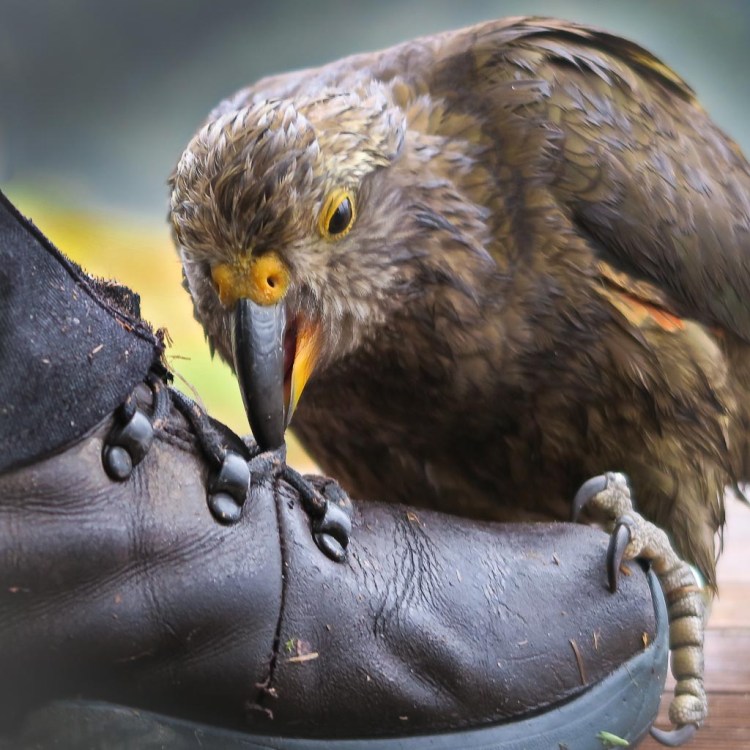Over the last few weeks a funny thing has been happening to me re. our New Zealand bird, the iconic tūī.
Perhaps because I’ve been able to spend sometime with a few and apart from taking the opportunity to capture the way light reflects from their stunning feather colours and texture, I’ve also used their speed and aggressiveness as they chase other tūī and other species away from food sources, to learn better ways to get my camera to focus faster and more accurately.

And then as if by coincidence I started to learn via word-of-mouth and social media that they seem to be on the increase, especially in the Wanaka and nearby Lake Hawea areas.

Is this because of my own heightened awareness of the species, or are there simply more about? Could it be due to a healthy increase in the variety of native trees and shrubs providing a year-round food supply for them, along with a decrease in predators?

They are an indicator species – a good sign of a successful habitat restoration programme.
Tūī are unique [endemic] to New Zealand belonging to the honeyeater family, feeding mostly on nectar from flowers of native plants such as kōwhai, puriri, rewarewa, kahikatea, pohutukawa, rātā and flax. Occasionally they will eat insects too.
If you feel inclined to leave comment here, please feel free to do so.
Or better yet, or as well as, go online and be a part of Landcare’s the NZ Garden Bird Survey 24 June – 2 July 2017



















































